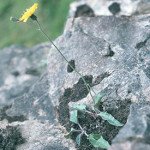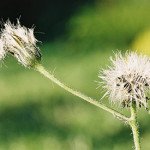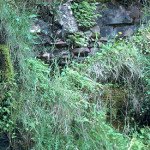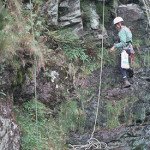Wales has an incredibly rich flora, given its size, and is home to a number of rare plants. Some of these species of plants are native exclusively to Wales, occurring nowhere else in the world, and so the success of their survival is incredibly important.
Here in this part of Wales, Black Mountain Hawkweed (Hieracium tavense), and Tongue Hawkweed (Hieracium linguans) to name a few, are some of the plants that are being conserved by the Welsh Rare Plants Project.
The project, which is led by the National Botanic Garden of Wales and the National Museum of Wales, focuses on the most endangered plant species in Wales to ensure their long-term survival. Seeds of these species have been deposited in the Millenium Seed Bank and the plants are being cultivated at the National Botanic Garden for Wales.
If you are out walking in the green spaces in the Brecon Beacons and the Black Mountains, keep your eyes peeled for these rare plant species:
Summit Hawkweed
Hieracium cacuminum – Occurs in old red sandstone cliffs and rocks in the Brecon Beacons. It is an endangered species and is extremely rare, with only 240 known plants occurring in just three sites.
Craig y Cilau Hawkweed
Hieracium cillense – Another rare Welsh species to be found in the cliffs around the Craig y Cilau Nature Reserve. Records show a decline in the species, which may be attributed to differences in recording or sheep grazing.
Chalice Hawkweed
Hieracium cyathis – This plant has been sighted in both England and Wales, specifically at the Craig y Cilau Nature Reserve. It is rare and in decline, having already become extinct in Carmarthenshire.
Tongue Hawkweed
Hieracium linguans – Rare and exclusively found in Wales, this plant was first found in 1898 in the Brecon Beacons. It is a perennial which flowers in July-August and regenerates from wind-dispersed seeds.
Black Mountain Hawkweed
Hieracium tavense – This plant is exceptionally rare and restricted to just a single site in the Upper Tawe Valley. It grows on base-rich ledges where just thirteen plants were counted in 1998.






